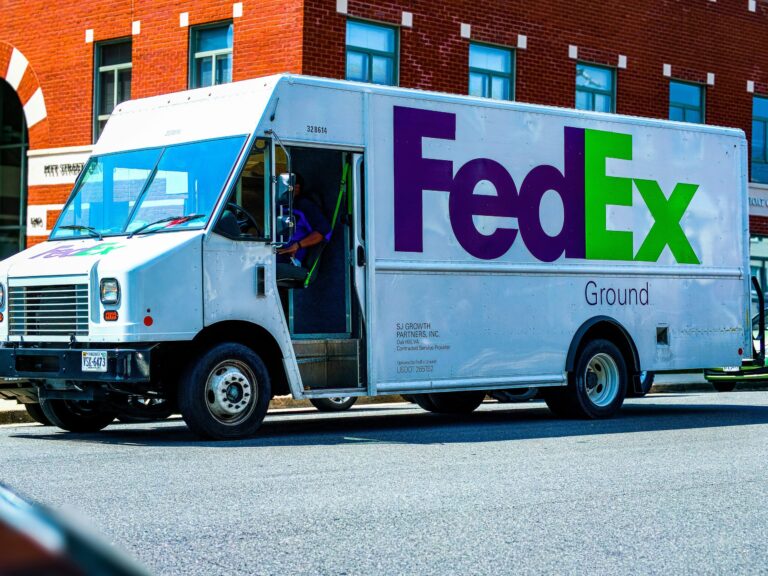In a landmark moment for the logistics industry, Amazon has officially overtaken UPS and FedEx to become the largest delivery service in the United States. This achievement marks a pivotal shift in the way goods are transported, reflecting Amazon’s ongoing push to reshape e-commerce and expand its operational reach beyond traditional retail.
For years, Amazon has been building its own expansive logistics infrastructure, including an impressive fleet of delivery vehicles and air and ground delivery networks. This strategy has enabled the company to reduce its reliance on third-party carriers like UPS and FedEx, both of which have traditionally dominated the U.S. delivery space. By developing and controlling its own delivery infrastructure, Amazon has been able to offer faster and more reliable services, a crucial factor in maintaining its competitive edge in the rapidly evolving e-commerce market.
At the heart of Amazon’s logistics revolution is its focus on operational efficiency, scalability, and cost-effectiveness. By continuing to innovate its supply chain, Amazon has consistently driven down delivery costs, offering significant savings to customers. The company’s popular Prime membership, which includes fast, free delivery, has played a central role in boosting consumer loyalty and expanding Amazon’s reach to underserved and rural regions—areas that were once heavily dependent on UPS and FedEx for delivery.
A significant part of Amazon’s success is attributed to its integration of cutting-edge technology into its logistics operations. The company utilizes artificial intelligence, machine learning, and data analytics to optimize various aspects of its service, from route planning to inventory management. These innovations enable Amazon to deliver packages more efficiently, predict customer demand more accurately, and streamline the entire delivery process. Meanwhile, UPS and FedEx have been slower to adopt similar advancements, creating a growing gap between them and Amazon in terms of technological capabilities.
Despite the growing pressure from Amazon’s rapid rise, UPS and FedEx remain key players in the delivery industry. However, both companies are facing significant challenges as they work to adapt to the changing demands of the logistics landscape. Amazon’s ability to innovate, reduce delivery times, and improve service quality has set a new benchmark in the industry, forcing UPS and FedEx to rethink their strategies in order to stay relevant.
For consumers, the shift in the U.S. delivery market is a game changer. With Amazon’s sophisticated logistics network, shoppers can expect faster deliveries, more reliable services, and more accurate tracking information. As these expectations continue to evolve, traditional delivery companies will need to accelerate their innovation efforts or risk losing ground in the face of Amazon’s rapidly expanding capabilities.
As Amazon consolidates its position as a logistics leader, it is poised to continue shaping the future of global delivery systems. Through its strategy of vertical integration and heavy investment in both technology and infrastructure, Amazon has positioned itself to dominate the logistics industry in the U.S. and beyond. The company’s rise is forcing traditional carriers to reevaluate their business models, while simultaneously altering how goods are shipped and delivered across the globe.



